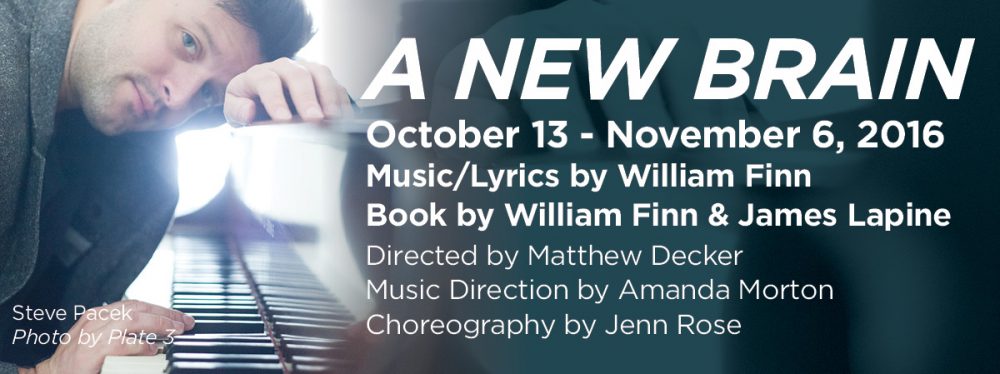The origin of fairy tales stems from folks gathered around the fireside telling each other stories to escape their tedious proclivities. Those stories were often quite sinister and violent, teeming with vulgar language and depicting characters that were full of anxieties, fears and sexual desires. They were also not read from a book but told orally, with each narrator getting a chance to put their own spin on it. To quote contemporary English novelist Angela Carter, “asking where a fairy tale came from is like asking who invented the meatball.
Every narrator reinvents the tale.” As time went on, these oral renditions – that existed in various versions in virtually every culture in the world – were collected and written down and as their popularity grew, were revised thoroughly and geared more towards children, expunging all material that was deemed unsuitable for young ears; essentially purifying the heroes and taming the monsters. These are the versions that we are familiar with today – and mostly because of their immortalization on screen by Walt Disney – the versions that we continue to tell our children.
When crafting Into the Woods, Stephen Sondheim and James Lapine riffed on these famous fairy tale characters by looking at them from the other side of the coin. Their Cinderella is a young woman who can’t make up her mind about loving a prince, Jack is a boy who essentially disobeys his mother and steals from the Giant, Little Red is a bloodthirsty kid, and the Witch is the most honest and direct of all the characters. That examination seems much more in line with the original tellings; by exploring the psychological complexities and motivations of these characters they’ve made them feel less like fairy tale archetypes and instead, more human.
Into the Woods seems to be virtually everywhere these days, showing up on numerous school, amateur and professional stages, and most recently in the glittering film adaptation. The musical, first performed in 1987, seems to have become almost as ubiquitous as its source material; entering a phase in its existence where it is reinvented each time it’s told by the artists that present it. Our version of Into the Woods keeps that in mind, and is inspired by this incredibly gifted ensemble, who are utilizing their skills not only as actors, but also as instrumentalists, puppeteers and creative devisers. We built this production specifically around their talents, in hopes that we might hear the story in a way that is unique to this ensemble while celebrating them as great storytellers.
At its core, Into the Woods is about fairy tales, but I think it also is about taking action, moving forward and making decisions. We all have to go “into the woods” to continue to find, or pursue, happiness and meaning in our lives. Act I of the play is all about each individual character getting what they want, to achieve that goal of living “happily ever after.” But then Act II is all about what happens after “happily ever after” and dealing with the consequences of their pursuits – something that typical fairy tales ignore. That, for me, is where the real magic of Into the Woods lies. When a threat faces the kingdom, the characters must make decisions that are for the good of the community, looking not at the individual want anymore but the communal need. That message – one that calls us to set aside our differences in times of strife in favor of investing in humanity – feels like a welcome and necessary reminder in these times, and what makes Into the Woods a story that deserves to keep being told. (Besides that glorious score!)
Thank you to this fearless group of actors, designers and artisans who have thrust themselves wholeheartedly into this endeavor. And thanks to you, the audience, who are with us this evening. Every storyteller needs someone who’s willing to hear him spin his tale, and whether this is your 1st or 10th year at Theatre Horizon, I am grateful that you’re listening.
Matthew Decker
Director, Into the Woods
